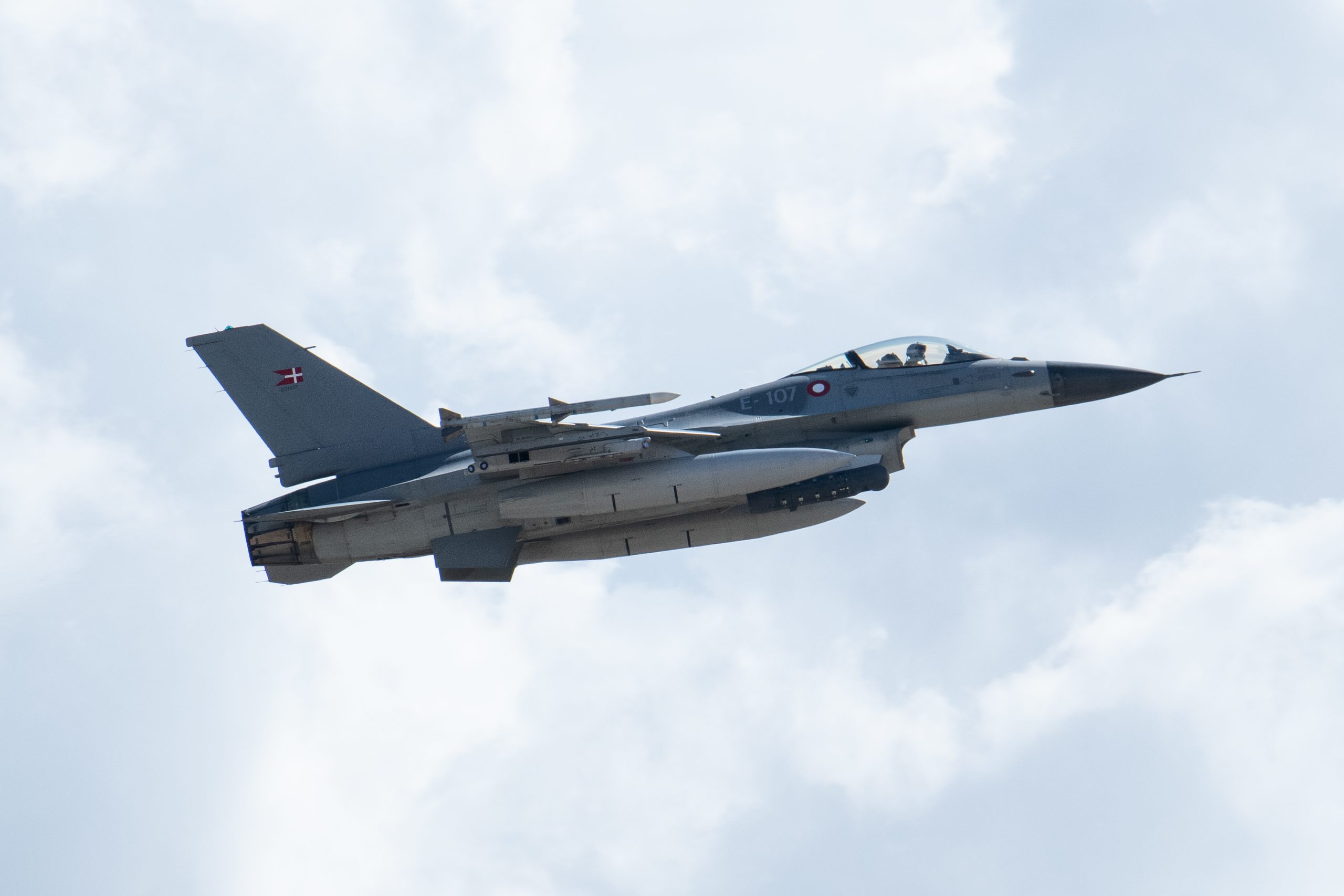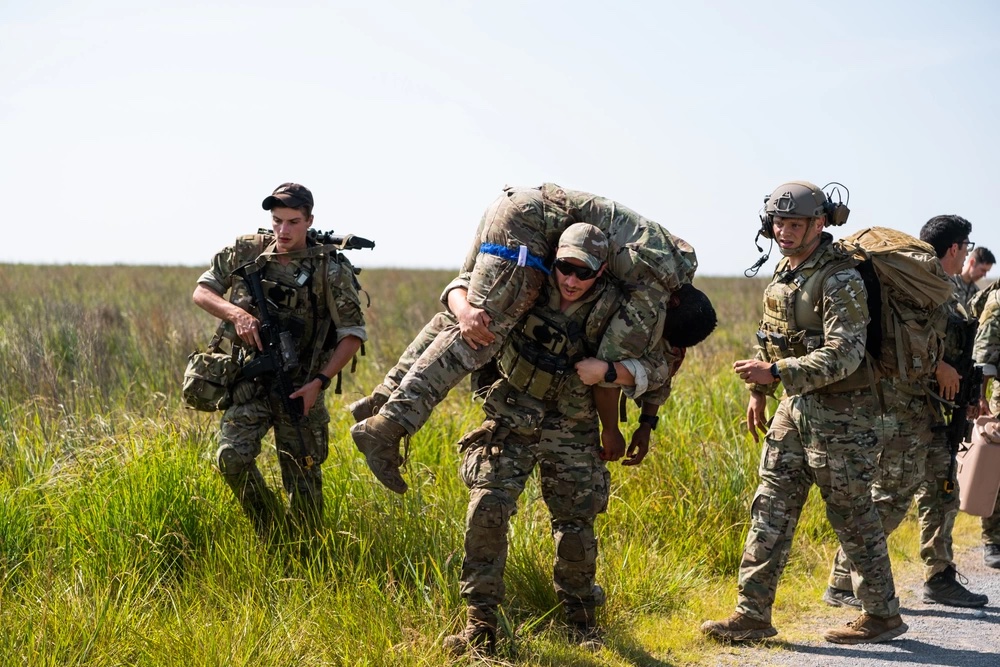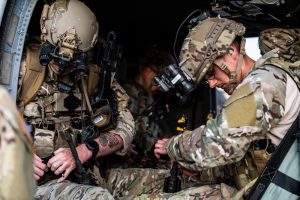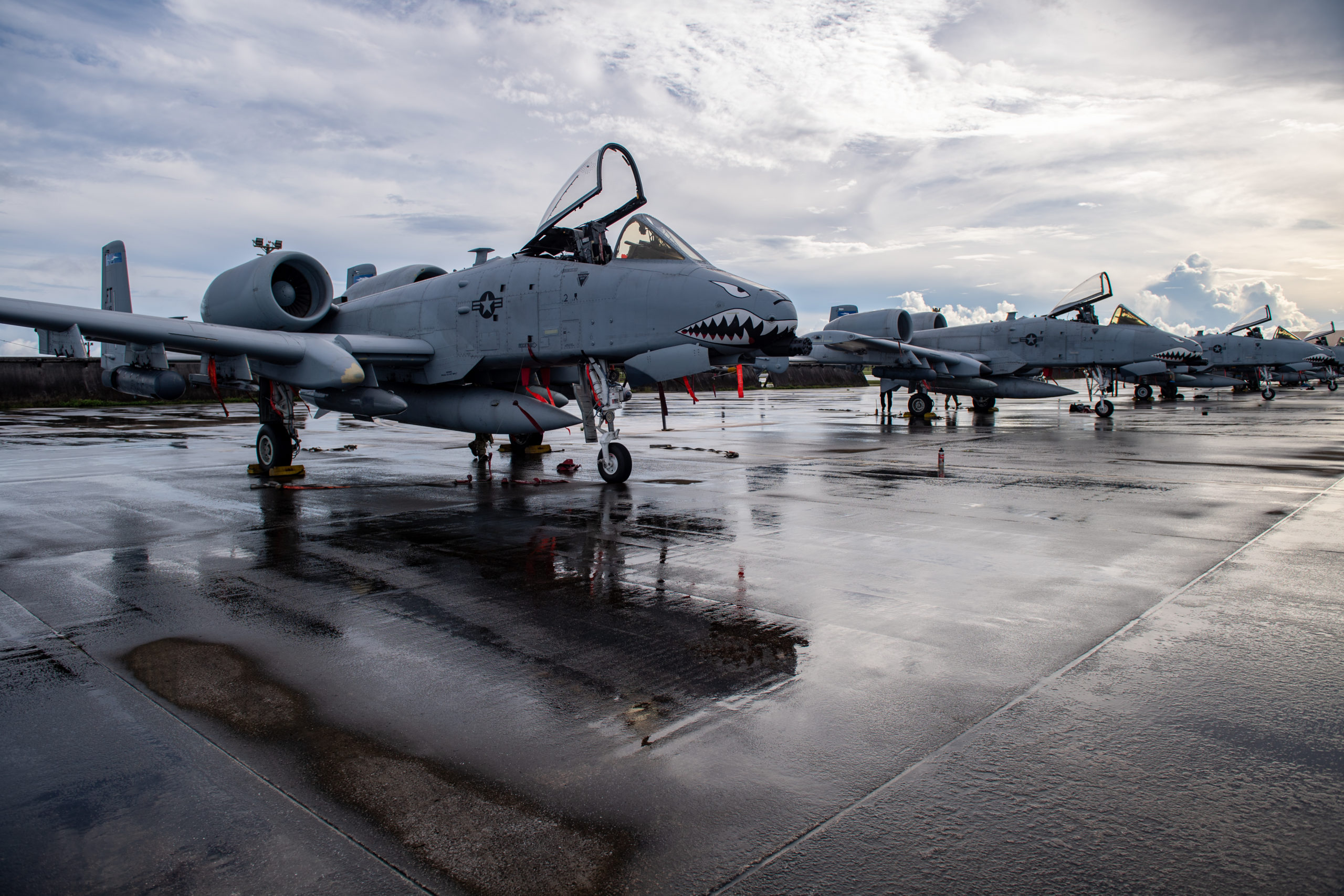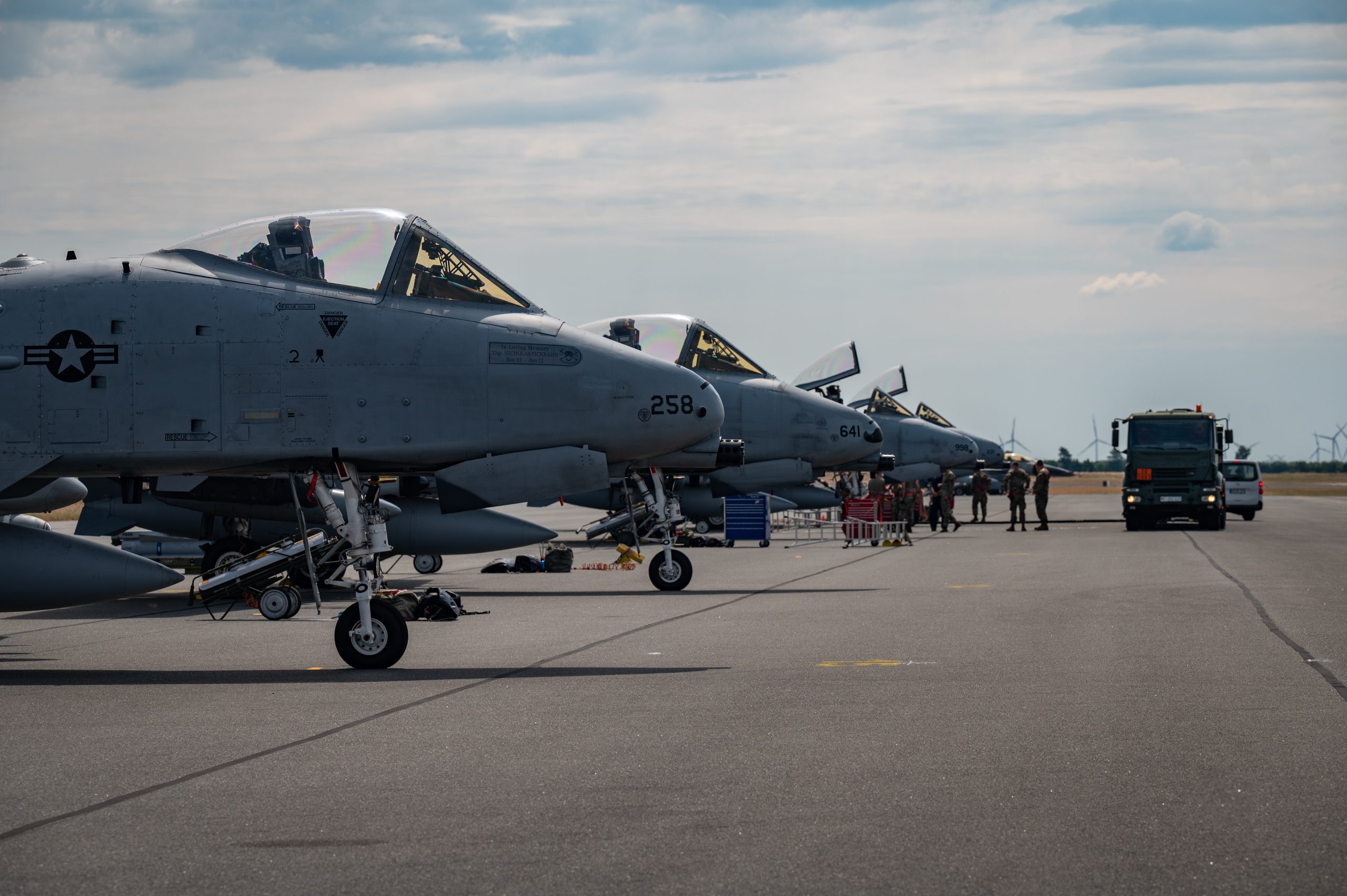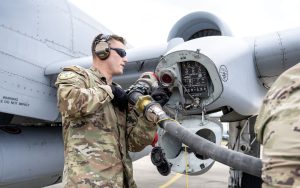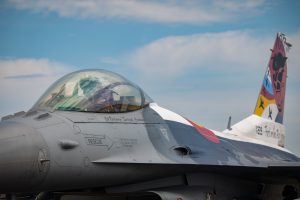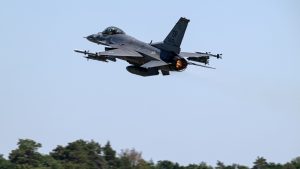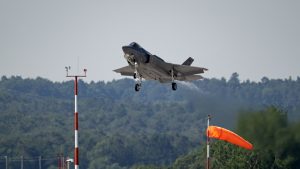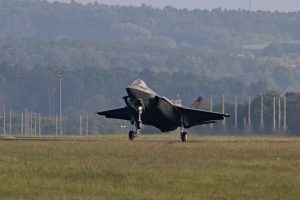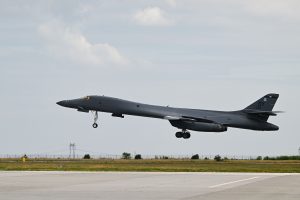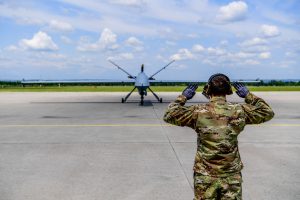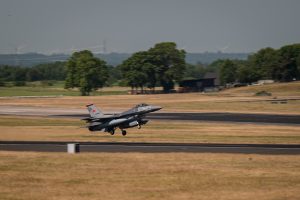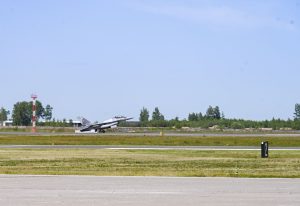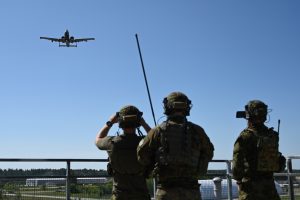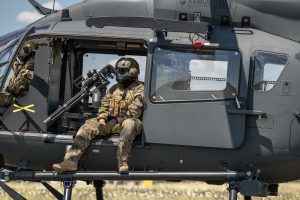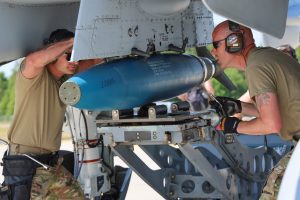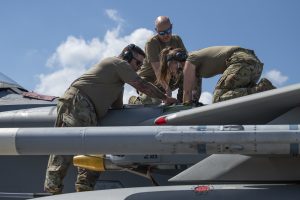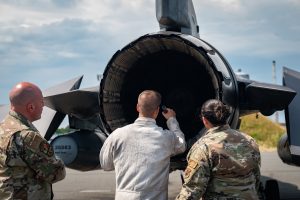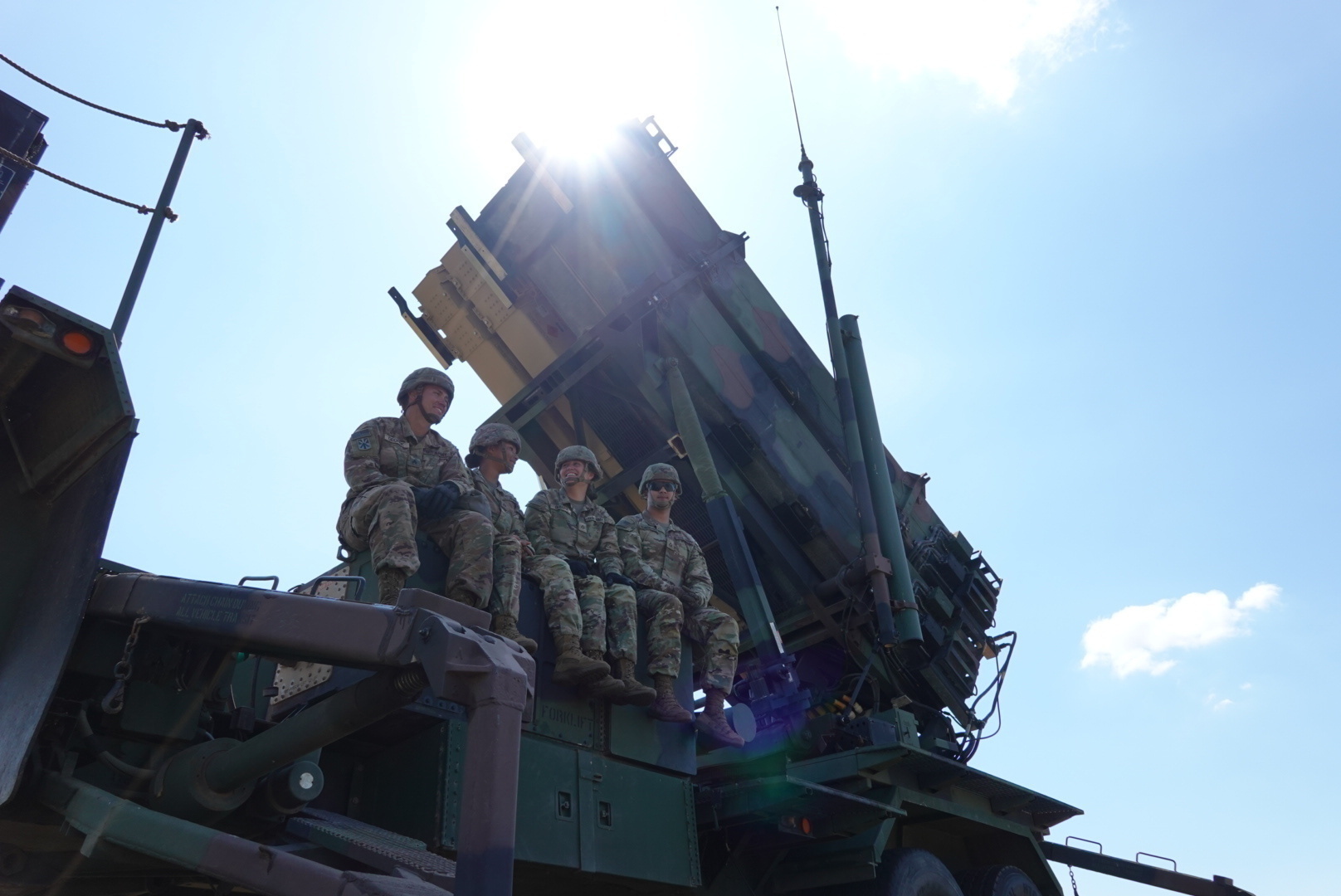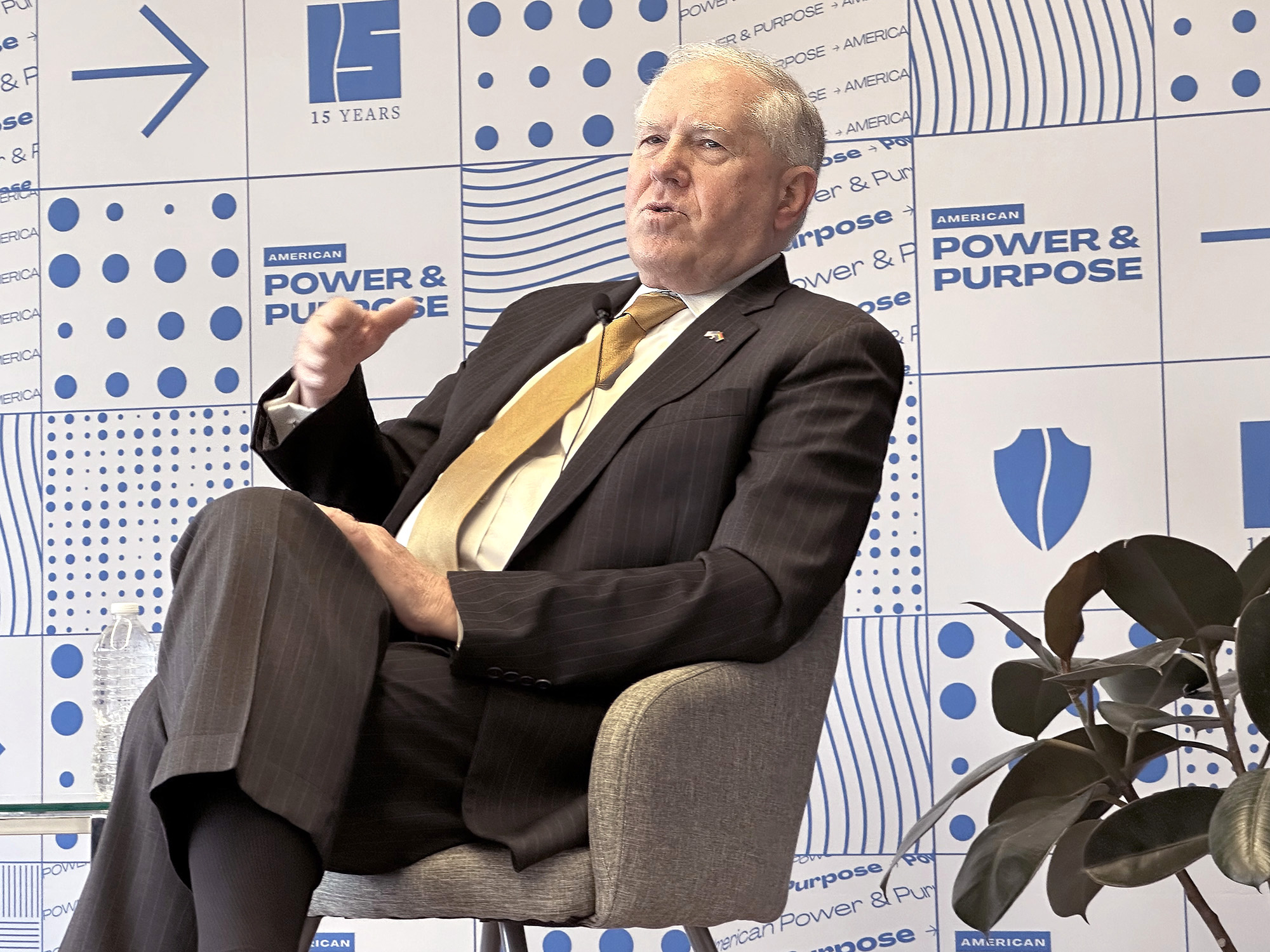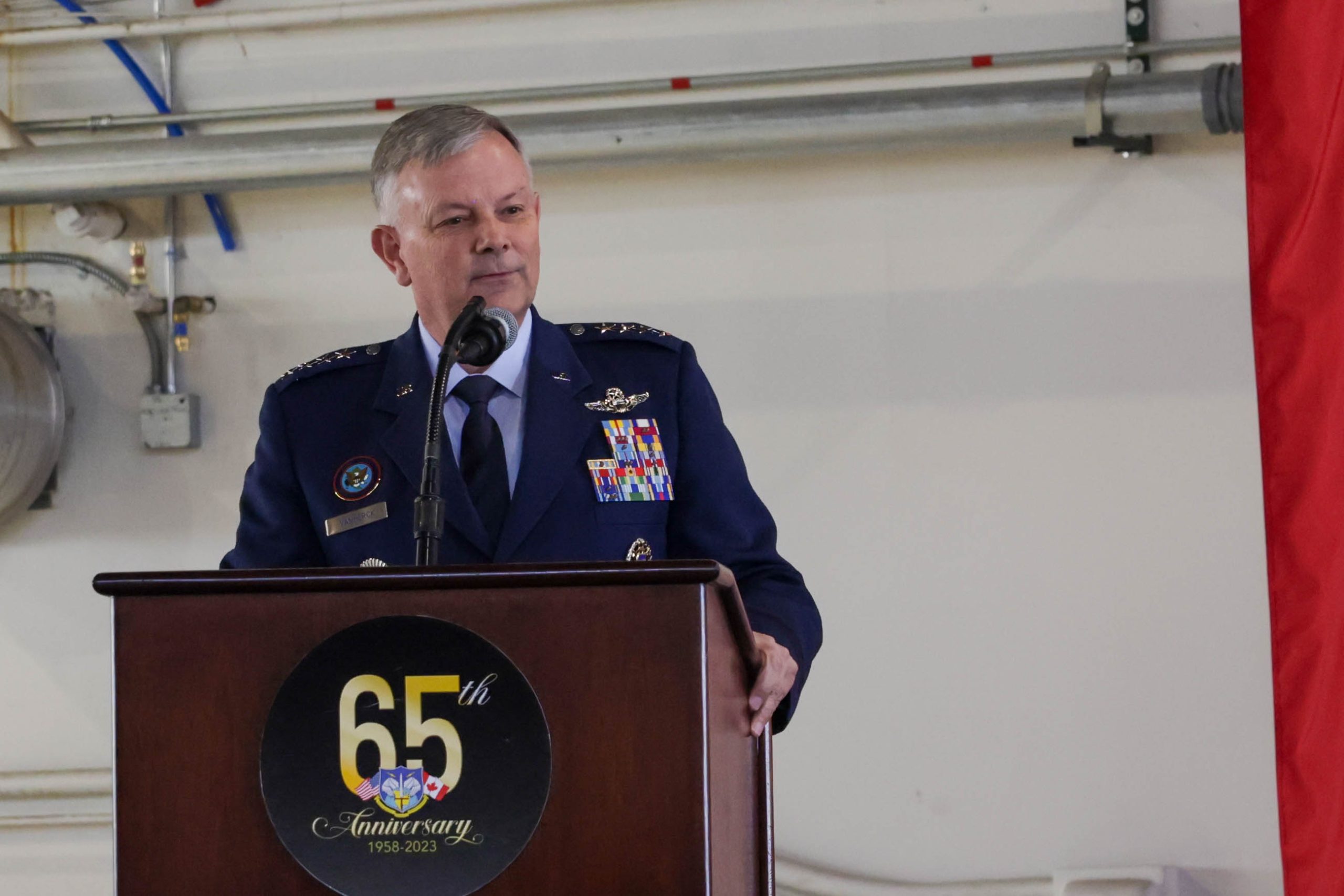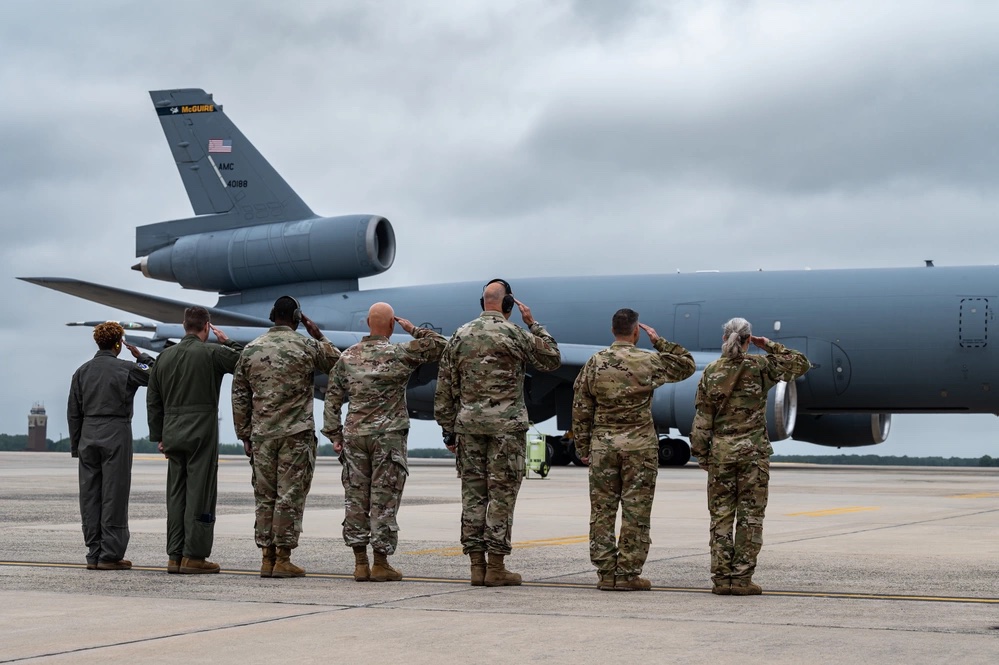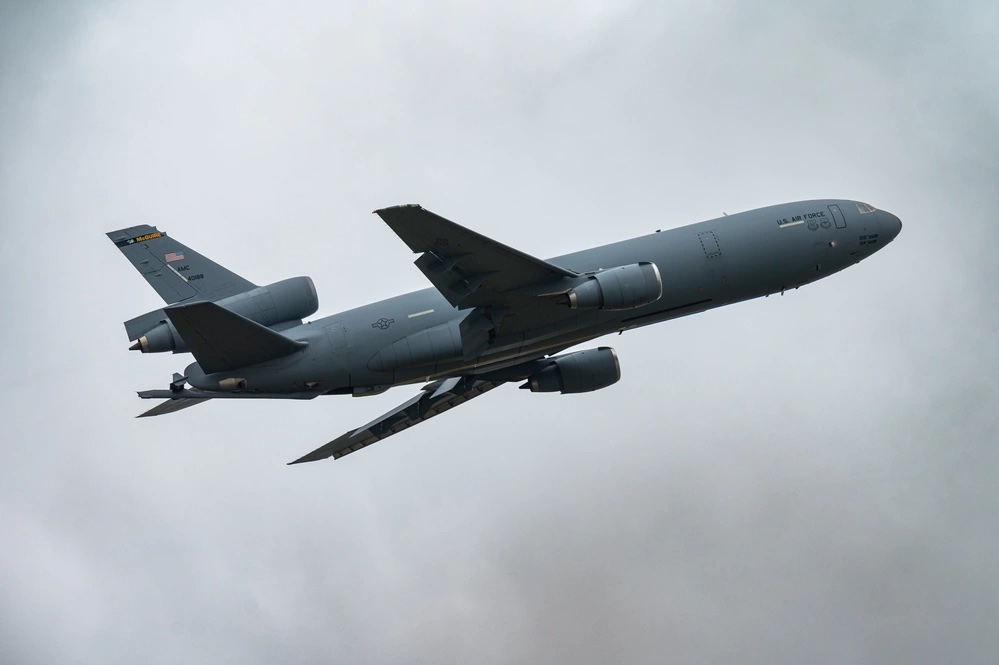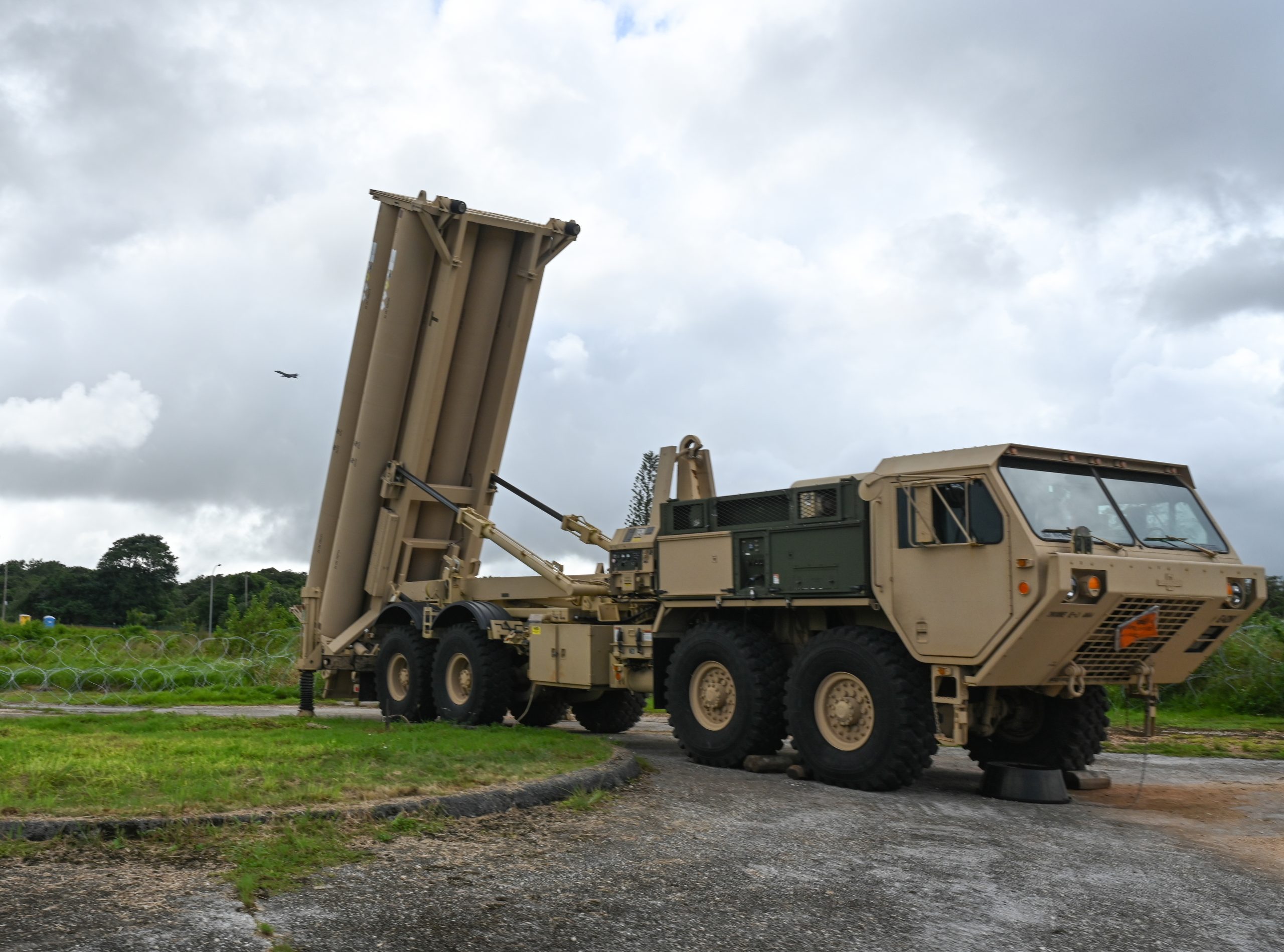Support for sending military aid to Ukraine remains high among the American public, according to a new poll, but many want European allies to do more.
The survey, released June 25 by the Ronald Reagan Presidential Foundation and Institute, was conducted between May 31 and June 6—shortly after President Joe Biden announced the U.S. would support allies who provide fourth-generation fighters such as F-16s to Ukraine.
Of 1,254 American adults surveyed, 59 percent said they support military aid to Ukraine, nearly double the 30 percent opposed. That is virtually unchanged from a the Reagan Insitute’s prior poll last November, which recorded 57 percent in favor of aid and 33 percent opposed. The questions were phrased differently.
“The polling does not indicate that there’s Ukraine fatigue or aid fatigue,” said Rachel Hoff, policy director at the Reagan Institute. “There’s not decreasing levels of support for sending military aid to Ukraine. That’s remained consistent.”
The poll did not ask specifically about F-16s or fighter aircraft. Hoff told Air & Space Forces Magazine that the Institute chose not to ask questions about specific kinds of military aid to avoid the risk of making the survey too long for respondents.
However, the survey did ask respondents for their opinions on whether U.S. aid to Ukraine has been worth the cost. Here, support was somewhat less emphatic: 50 percent of respondents said the cost has been worth it, while 33 percent said it had not. When offered additional information on the cost of that aid and the results, however, support jumped to 64 percent.
Specifically, pollsters told respondents that “the U.S. has spent roughly $24 billion on military aid to Ukraine, which is roughly 3 percent of the U.S. military’s own budget. Ukraine remains in control of roughly 83 percent of its territory, and U.S. intelligence believes the war has severely degraded Russia’s military power and its ability to threaten NATO allies.”
The exact cost of Ukraine aid remains in flux. Last week, the Pentagon announced it had previously overestimated the value of some weapons sent to the Ukrainians by $6.2 billion.
The cost of sending F-16 to Ukraine would be substantial, as much as $1 billion for the first 10 aircraft, and the same amount to sustain them, according to Chairman of the Joint Chiefs of Staff Gen. Mark A. Milley. Others say that overstates the cost, especially if the aircraft are surplus hand-me-downs.
The Netherlands and Denmark are leading a cohort of allied nations who will train Ukrainian pilots on fourth-generation aircraft, with plans to start that training in the next month or so, officials previously told Air & Space Forces Magazine.
On June 26, Danish Defense Minister Troels Lund Poulsen told broadcaster DR that Denmark’s F-16s will be retired in 2025, two years ahead of schedule, paving the way to transfer those aircraft to Ukraine. And earlier this month, Dutch State Secretary of Defense Christophe van der Maat scaled-back plans to sell Dutch F-16s to private contractor Draken, potentially making them available to Ukraine.
Such developments should be encouraging to Americans. The Reagan Institute poll, which took place before those facts surfaced, found 56 percent of Americans critical of Europe, saying European allies are not “doing their fair share” in support of Ukraine; exactly half as many said Europe is doing its part.
The poll also found that among those who support military aid to Ukraine, 17 percent believe the most important reason for supporting aid is becaue Ukrainian success on the battlefield “sends a message to others considering wars of aggression—like China invading Taiwan.”
Elsewhere in the poll, 52 percent of respondents said they supported increased arms sales to Taiwan to deter China, a slight decline from seven months ago.
